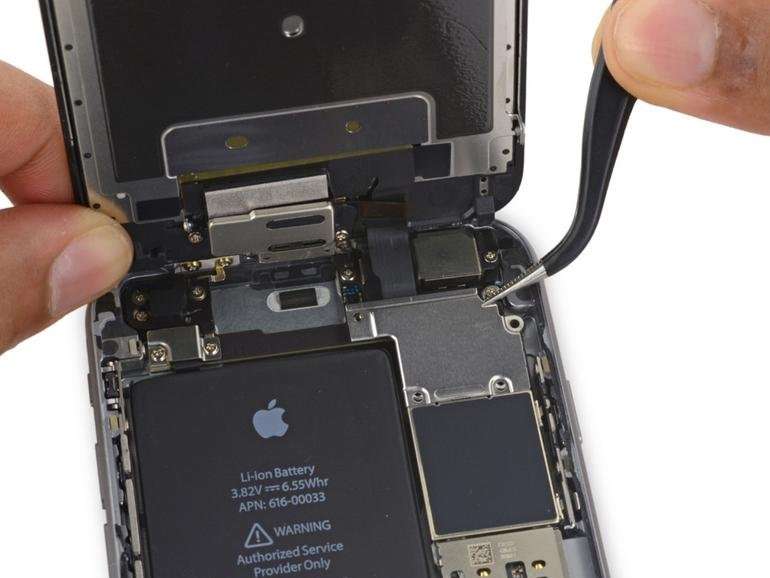Video: Uh-oh: Your iPhone's battery doesn't get a break with wireless charging
As much as I love the convenience of wireless charging, I'm switching back to a cable.
Must read: The five things that kill your iPhone's battery the fastest
Back in January, I became suspicious that regularly using wireless charging wouldn't be good for the long-term health of my iPhone's battery.
Before I go any further, a little battery 101.
According to Apple, the battery " is designed to retain up to 80 percent of its original capacity at 500 complete charge cycles," and beyond that, the battery is considered worn and heading toward end-of-life. Some batteries can and do retain more than 80 percent charge after well over 500 recharge cycles (I have an iPhone 6 Plus with over 800 recharge cycles that's still above the 80 percent mark), but in my experience, once you hit 500 recharge cycles, your battery is on borrowed time, especially if you're in a colder climate.
So ideally, you need to ration out those 500 recharges over the life of the device. However, you additionally need to bear in mind that as the battery gets older, it won't last as long, so your recharge frequency is going to increase as your device gets older.
Back in January, my iPhone had hit over 90 recharge cycles after four months of ownership. Now it's March and six weeks later, and I've hit 135 recharge cycles.
That's 135 recharge cycles in under six months. At this rate, by the six-month mark I expect to hit 150. That means that in 18 months I should be at 450 recharge cycles, and will break the 500 mark after another two months.
Note: I used the excellent macOS app CoconutBattery to get access to the iPhone's battery recharge cycle count.
So my battery is on track to hit 500 recharge cycles in 20 months, and that's not allowing for any battery wear, a rogue app sucking the battery dry, or an iOS update deciding to drain the battery quicker than usual. Realistically I'm expecting to hit the 500 mark in less than 18 months if I don't change my habits.
Previously I would have expected an iPhone to make it closer to the 36-month/three-year mark before hitting the 500 recharge cycle (working out as a full recharge every couple of days or so).
The issue is that when the iPhone is being charged using a cable, the phone is being powered by the cord (there is some load on the battery, but it's minimal), but when using wireless charging, the battery is what's powering the iPhone, with the wireless charger only being used to top up the battery. This means that by switching from a cable to a wireless charger, my battery isn't getting a break, and in turn, this is making me go through recharge cycles at an even faster rate.
I have to admit that I'm a heavy iPhone user, and I've become accustomed to leaving my iPhone in a wireless charger when I'm not using it. Previously I'd have it attached to a charging cable.
So, for now, I'm switching back to cable charging. I like throwing my iPhone onto a charging plate -- and I have a lot of them! -- but the idea that my battery could be trash in under two years is frankly worrying.
If you're a heavy user, you might want to consider doing the same. Or plan for a battery replacement down the line.

dabenu on March 17th, 2018 at 09:45 UTC »
This is some high quality bullshit. That's not how electronics work at all. As long as the battery is kept at the same voltage, there's no wear. No matter which way the actual pixies move. On top of that, a phone has internal charging circuits that manages the amount of power going to the battery and to the rest of the phone. This is absolutely necessary because without that circuit, your battery would literally explode. So there's no way a wireless charger would bypass this.
If wireless charging indeed wears out the battery more quickly, it's probably because of the heat produced due to the lower efficiency of wireless power transmission. If there's anything lithium batteries don't like, it's high temperatures during their charging cycle.
GladiusVCreed on March 17th, 2018 at 07:32 UTC »
That’s an iPhone 6s they’ve got pictured. Just so you know (:
flyiingpenguiin on March 17th, 2018 at 07:20 UTC »
I think this needs some actual data instead of one guy’s anecdotal evidence